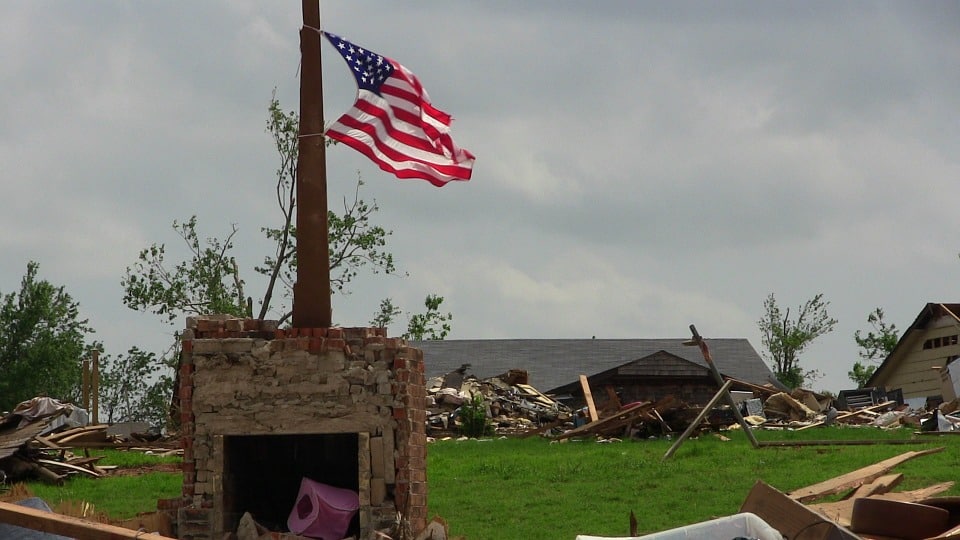If your home is affected by a storm, you will have your work cut out for you. Your primary concern is to ensure the safety of your family. You may need to evacuate your home if its damages pose safety risks. Make sure that nobody will be harmed as you move out of the home. Watch for broken glass, items that could fall, or walls or ceilings that could collapse.
Follow these steps in the wake of a disaster:
- Assess the damage to your house – Take note of the date and time of the storm and check your house for signs of damage. Take pictures to document your findings. You will need these pictures as proof when you decide to file an insurance claim.
- Perform temporary repairs to safeguard the integrity of the house – Though some repairs can wait until later, others are pressing and should be handled right away. Install tarp or hardwood to cover any parts of the roof that have been compromised. Cover broken windows and doors to prevent intruders, stray animals, or rain from entering the house.
- Find your insurance policy – Recover your insurance documents, and contact the claims department of your insurance company.
- Keep damaged items – You may be tempted to dispose of damaged items, but it is best to wait until the insurance representatives come to your home and make their assessment.
- Get multiple repair bids – Contact at least three storm repair contractors and get competing proposals. Ask each contractor to perform a thorough property inspection that includes both the inside and outside of the home.
- Request an insurance adjuster inspection – Ask your contractor to be present during the adjuster inspection. Your contractor can make sure that the adjuster is making a fair assessment of the damages.
- Track payments – When the insurance company approves your claim, you will usually receive two payments. The first check will cover the materials cost. You can ask your contractor to order the materials in your name and use your check for payment. Once the materials are available, your contractor can start the work. Your second check will likely be sent once the repair is completed.
Remember that the post-disaster effort involves both cleanup and restoration. You may be tempted to handle the cleanup on your own, but it is often best to leave it to the experts. If you live in Utah, start by calling Utah disaster clean up specialists to inspect damages and estimate clean up costs.

